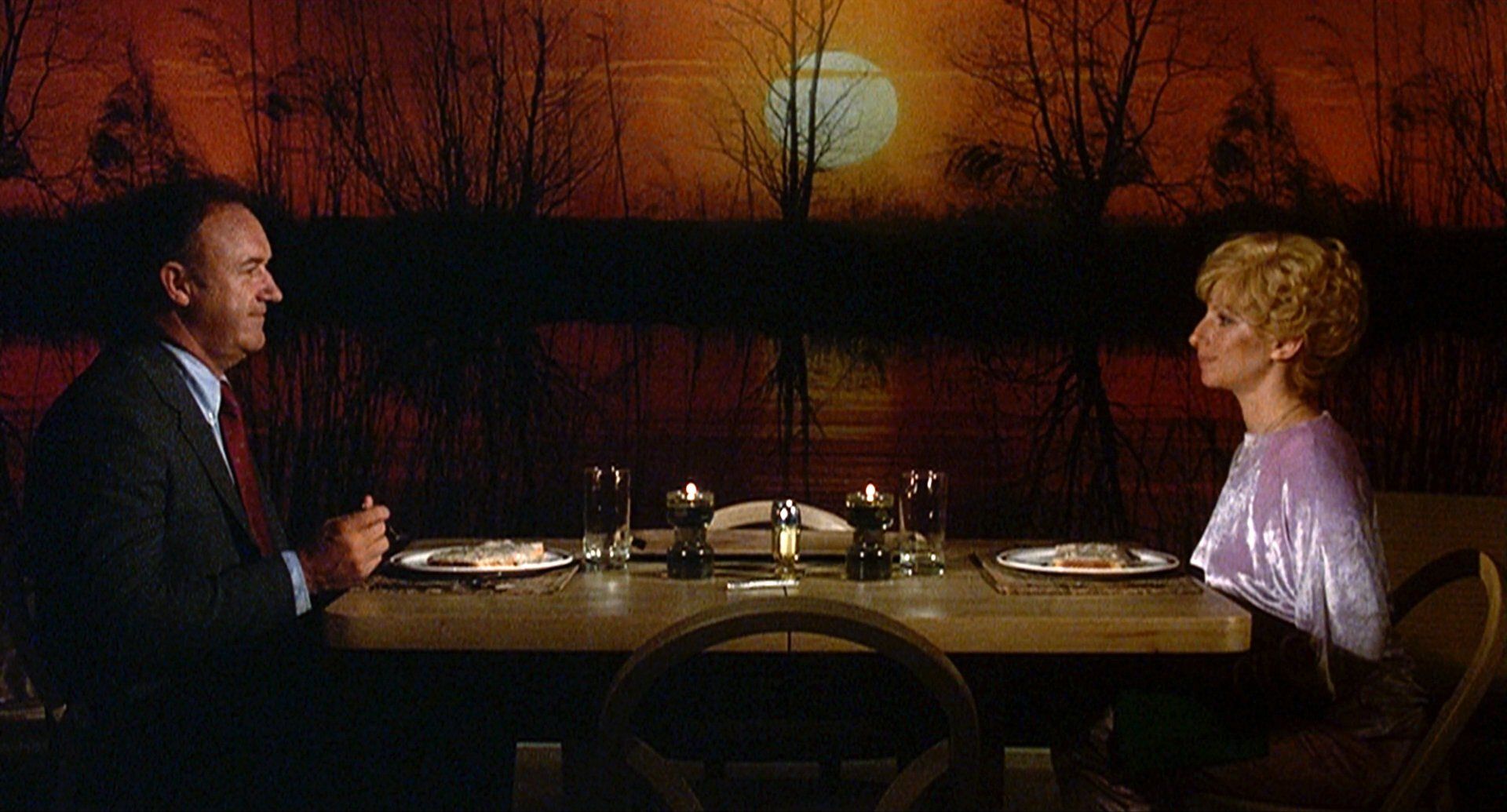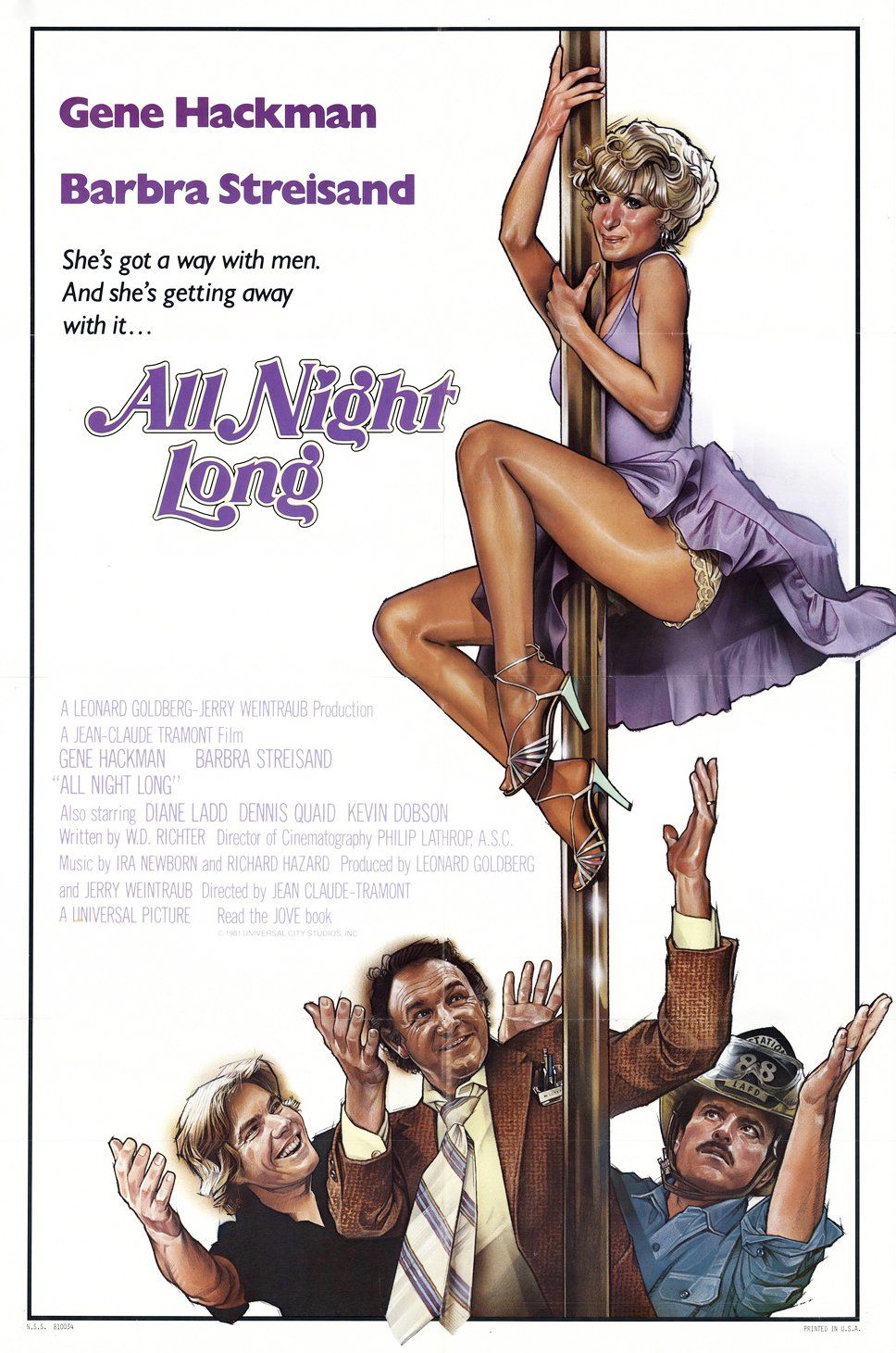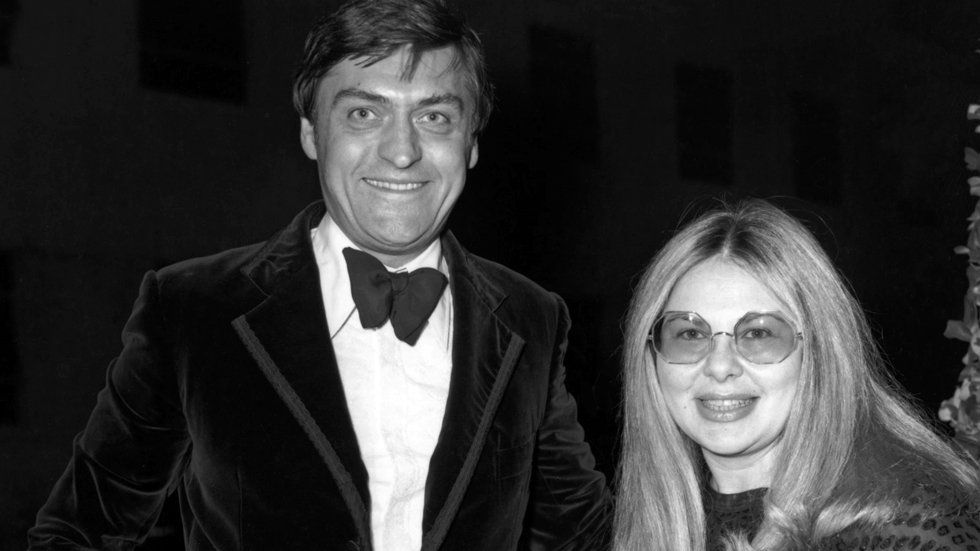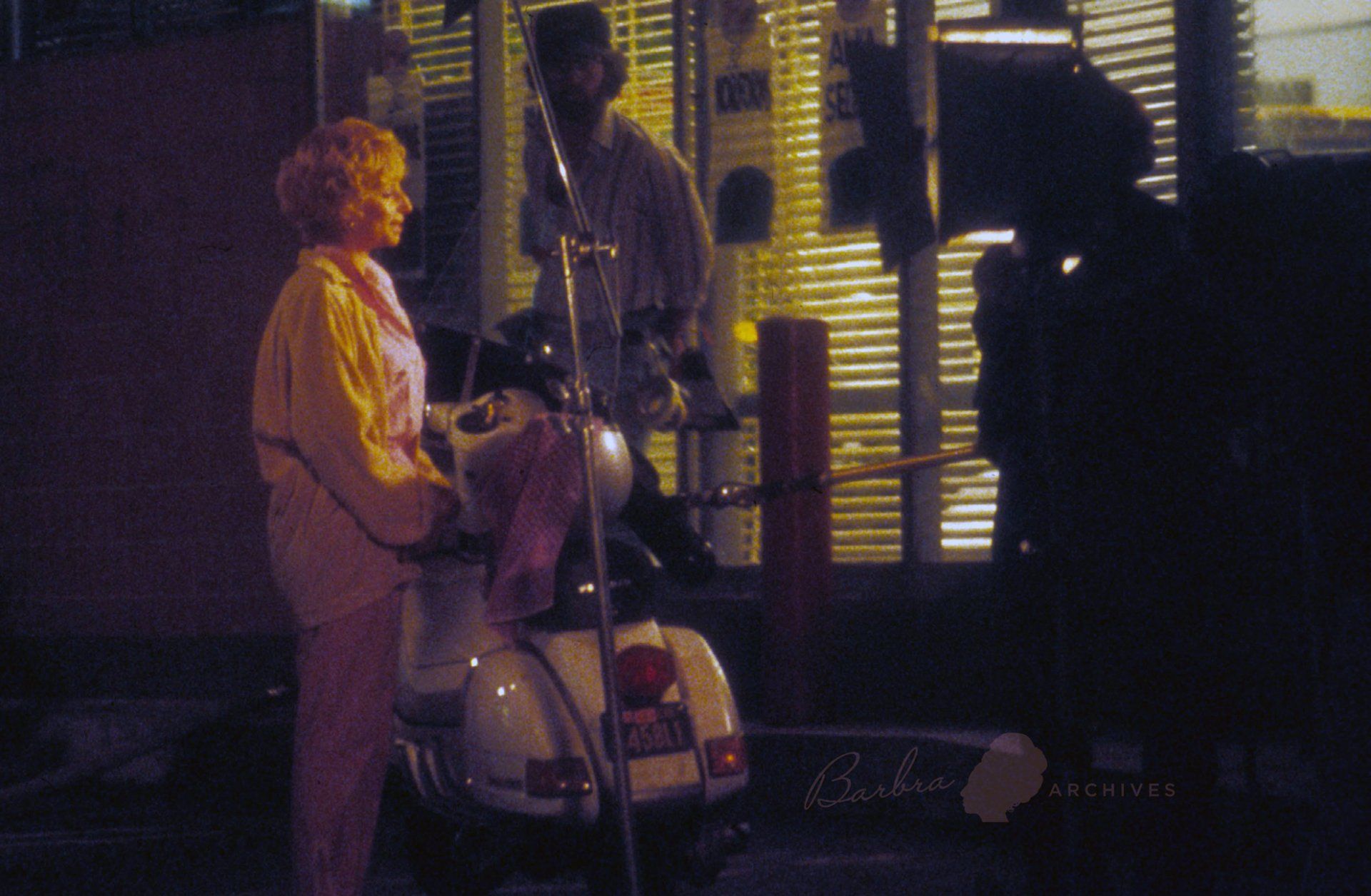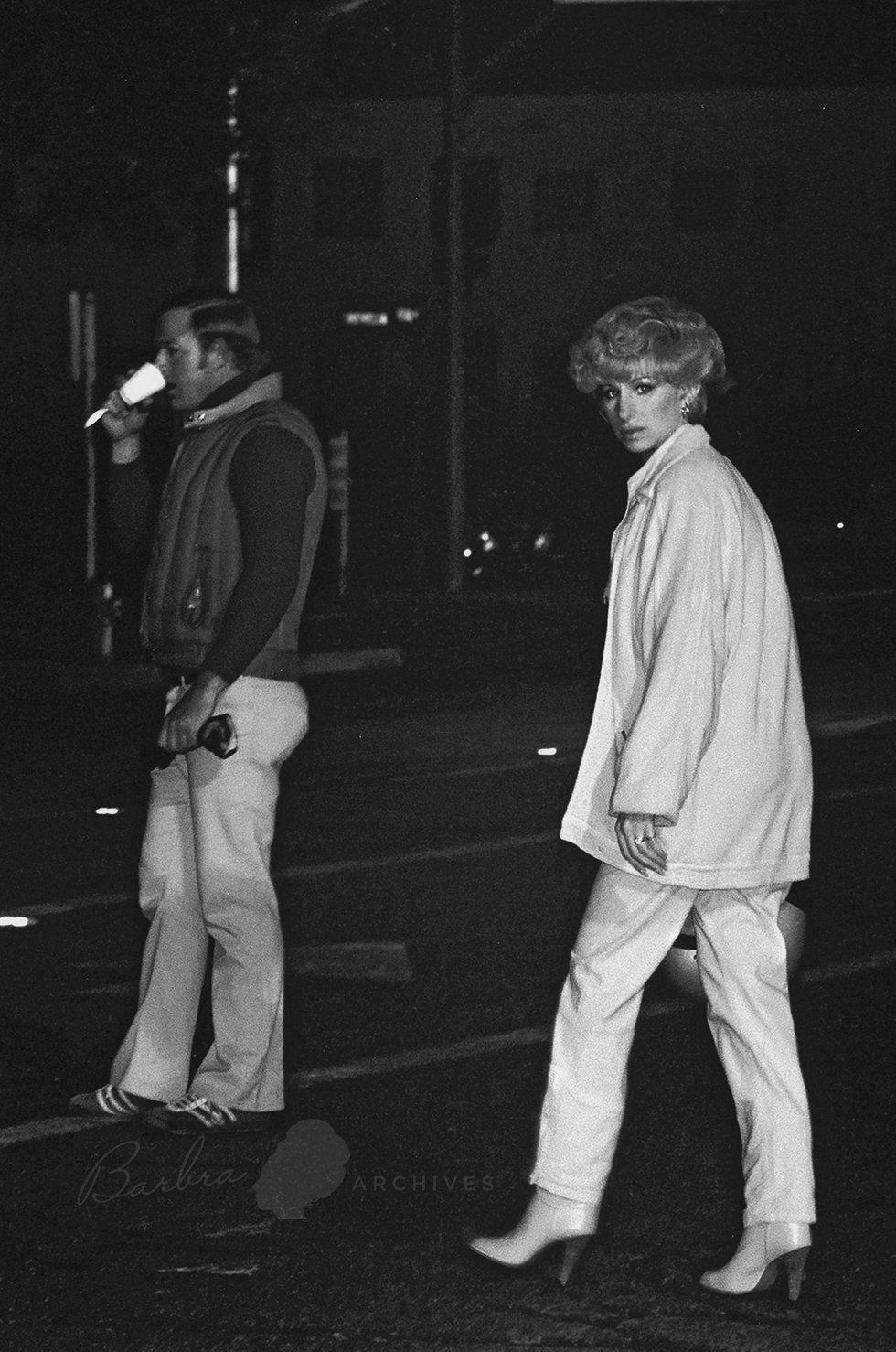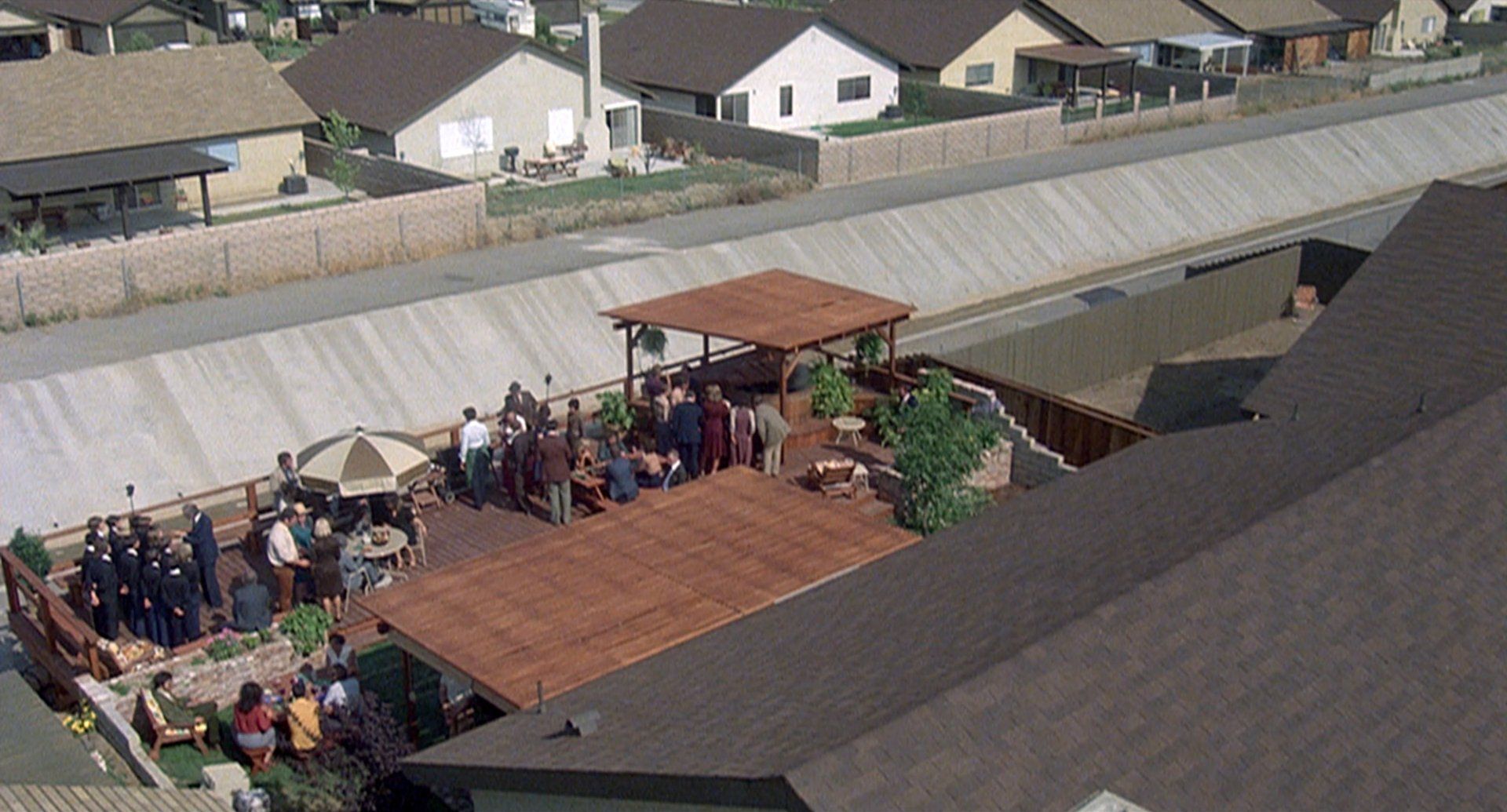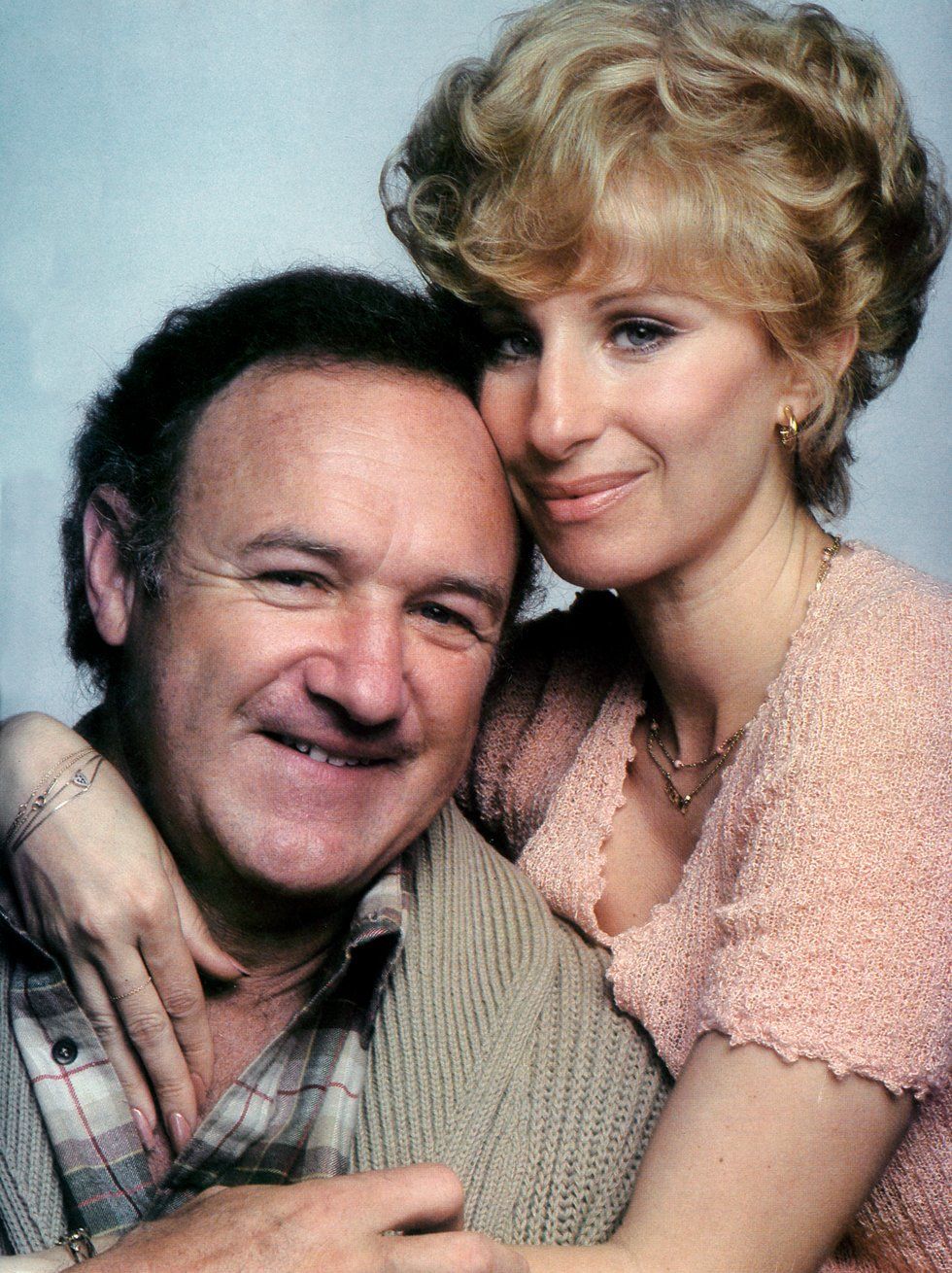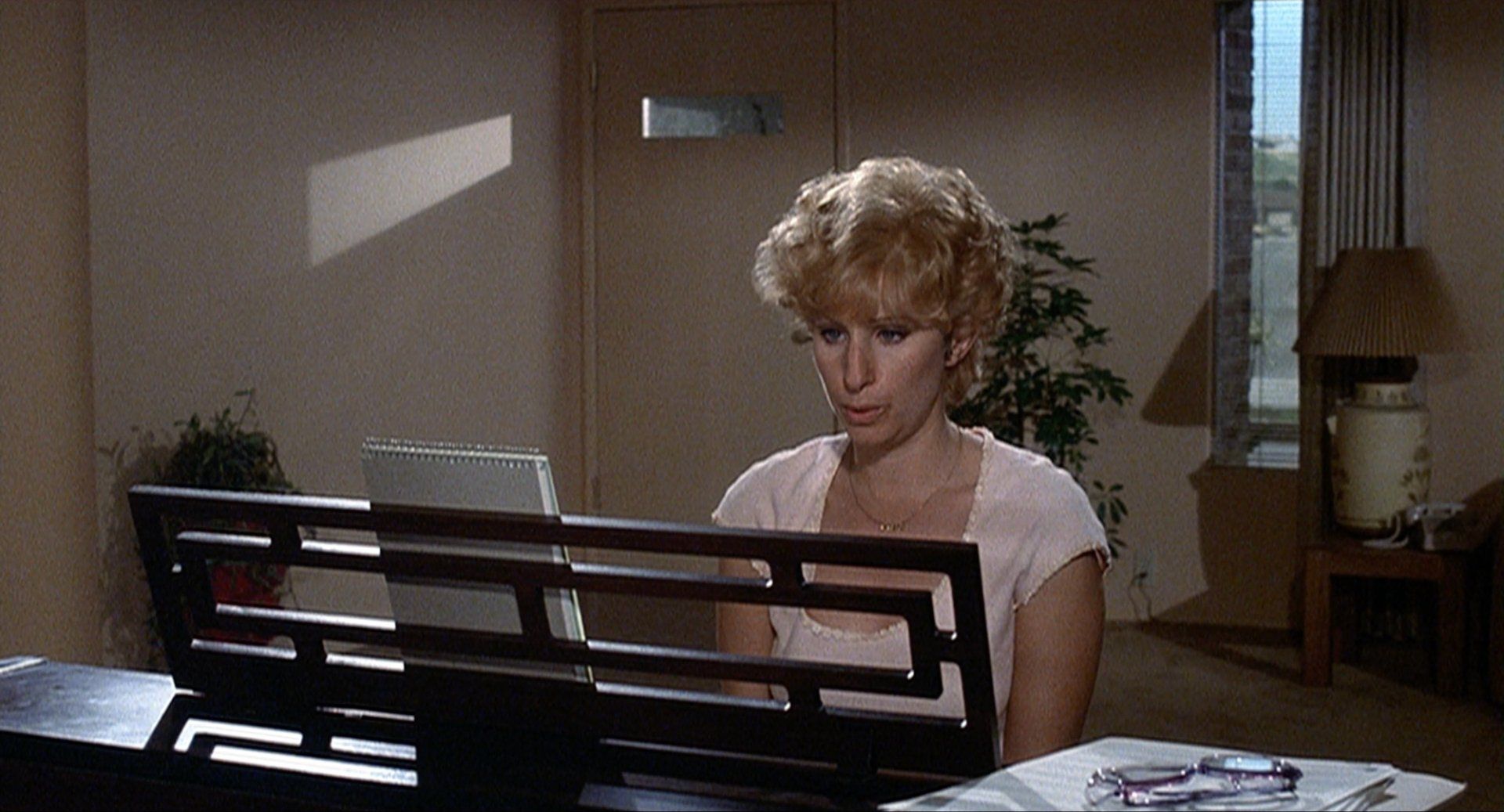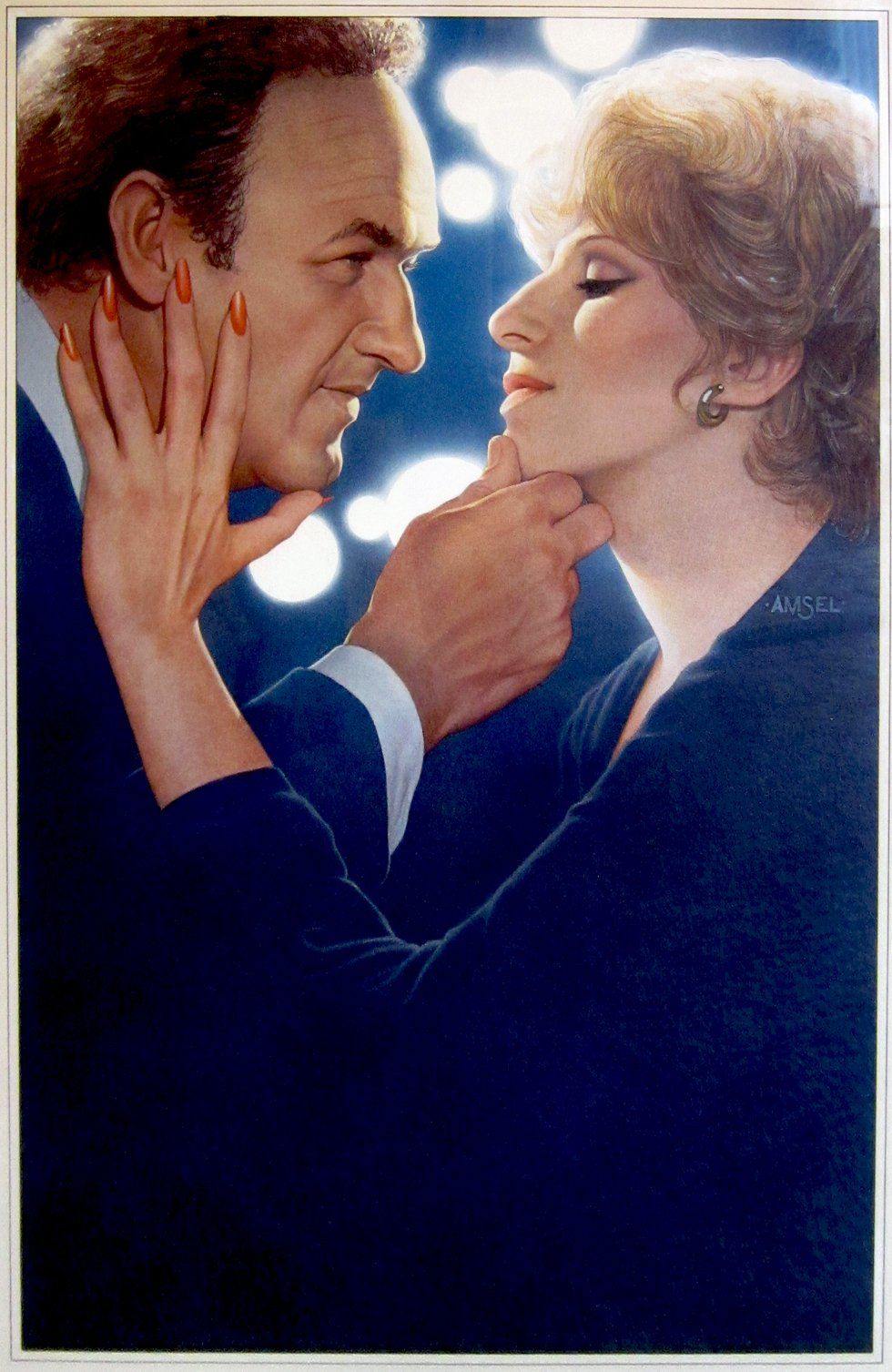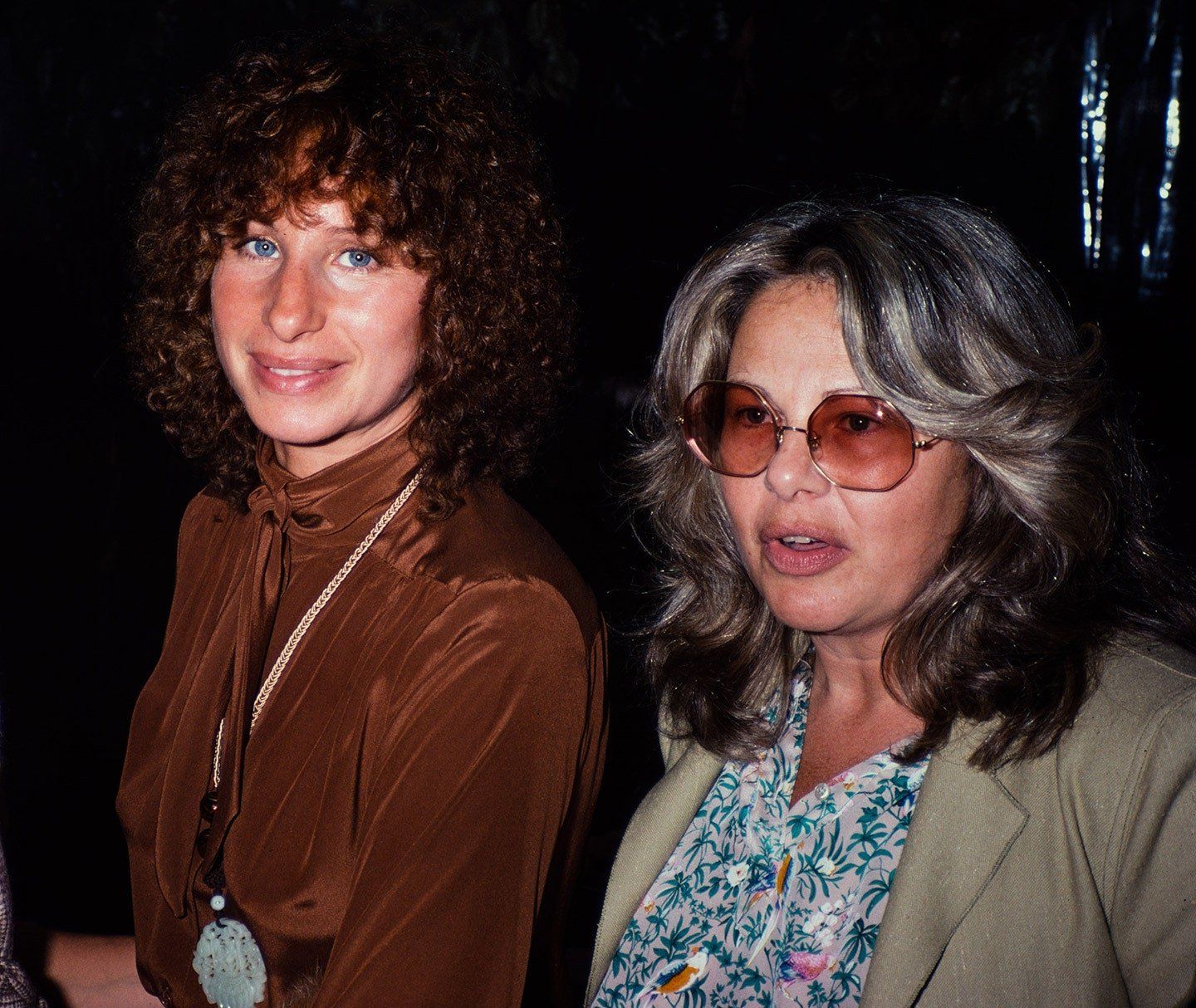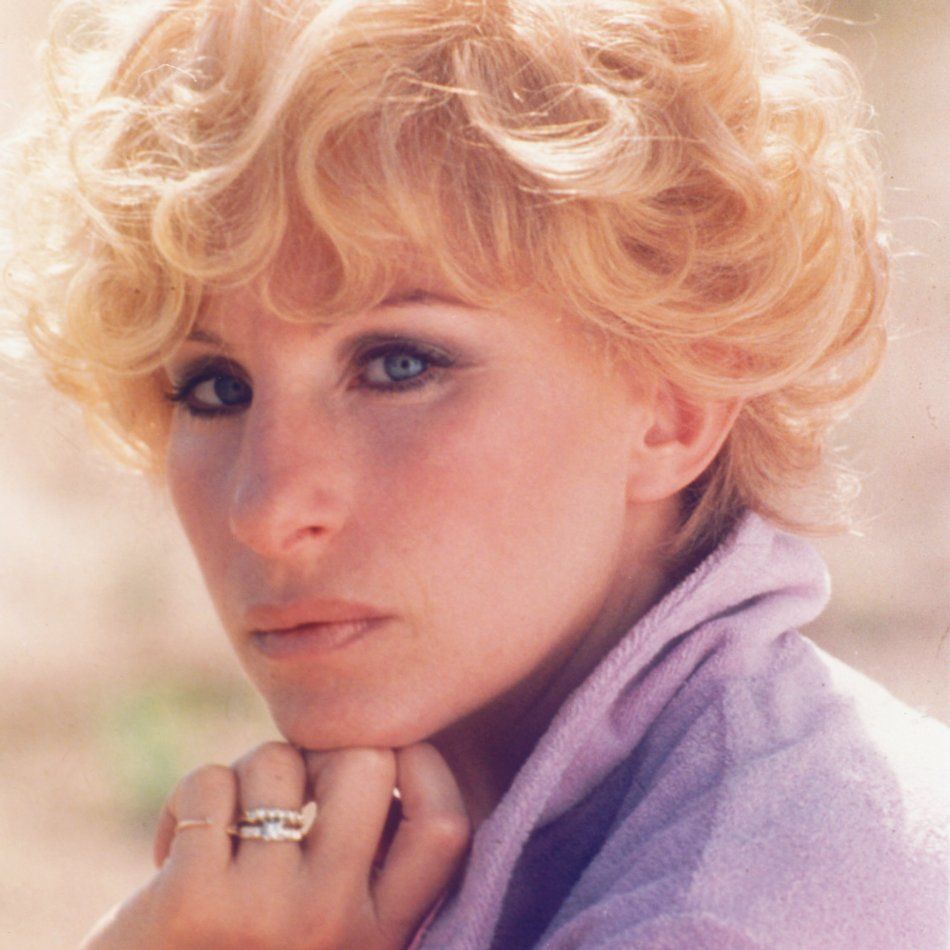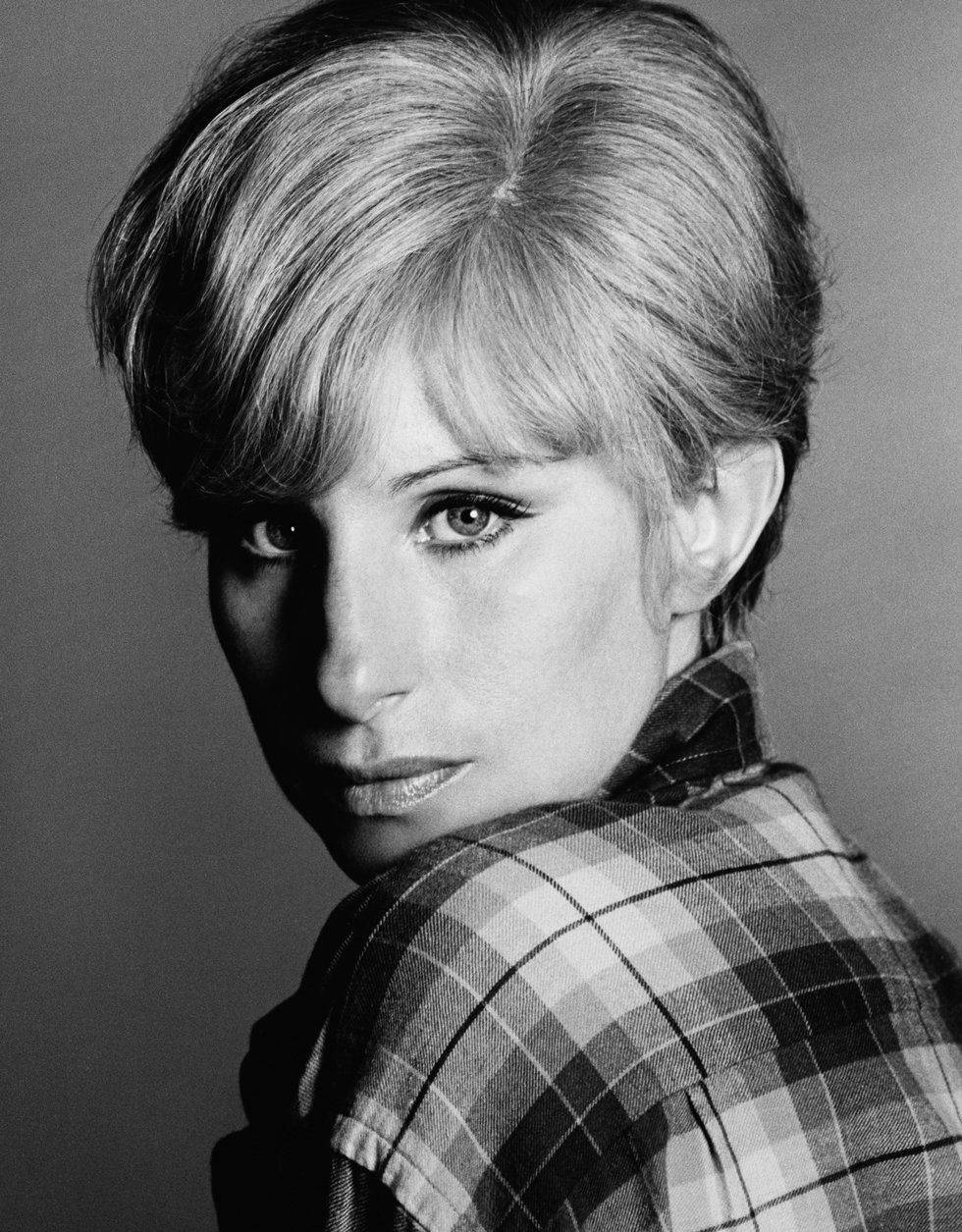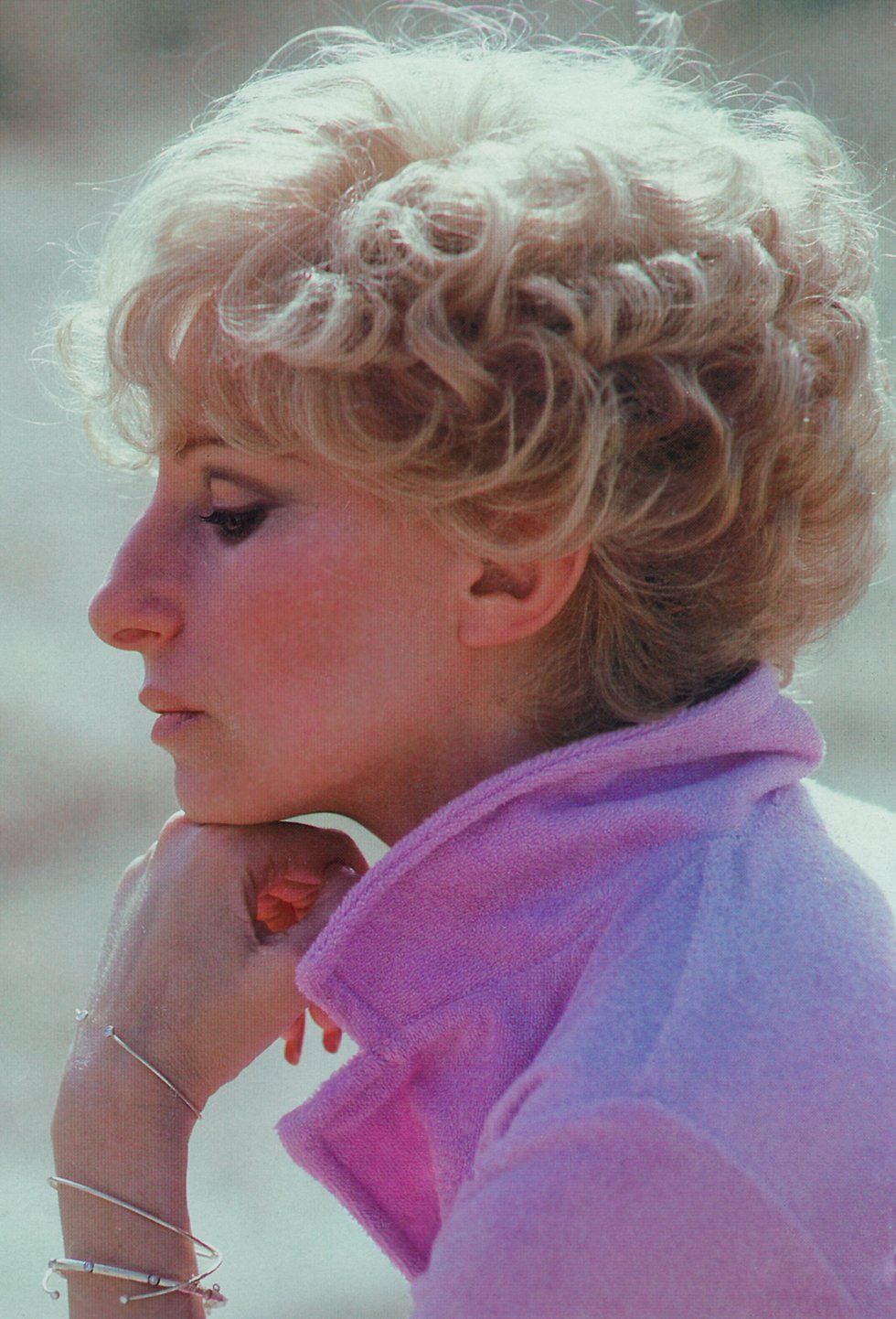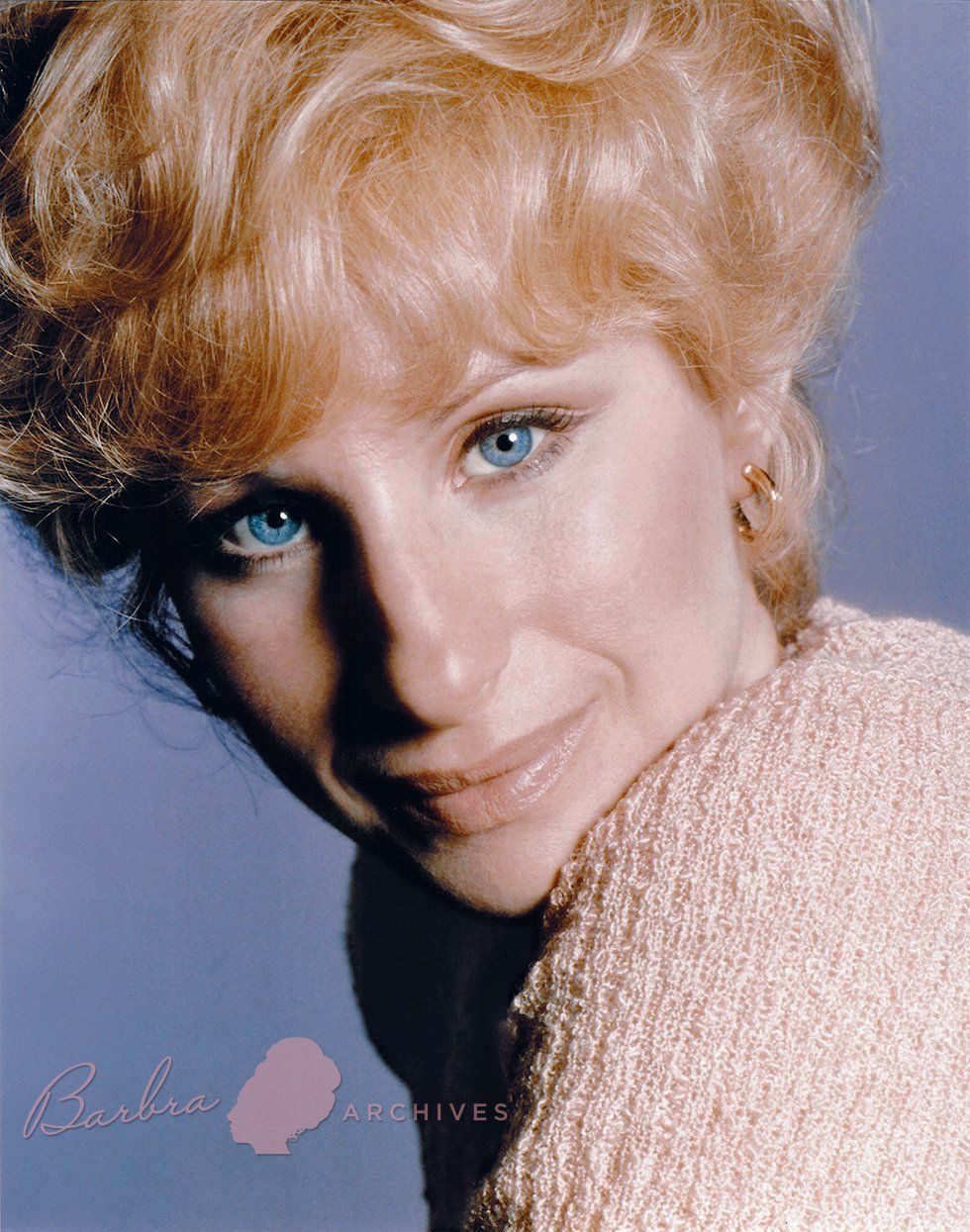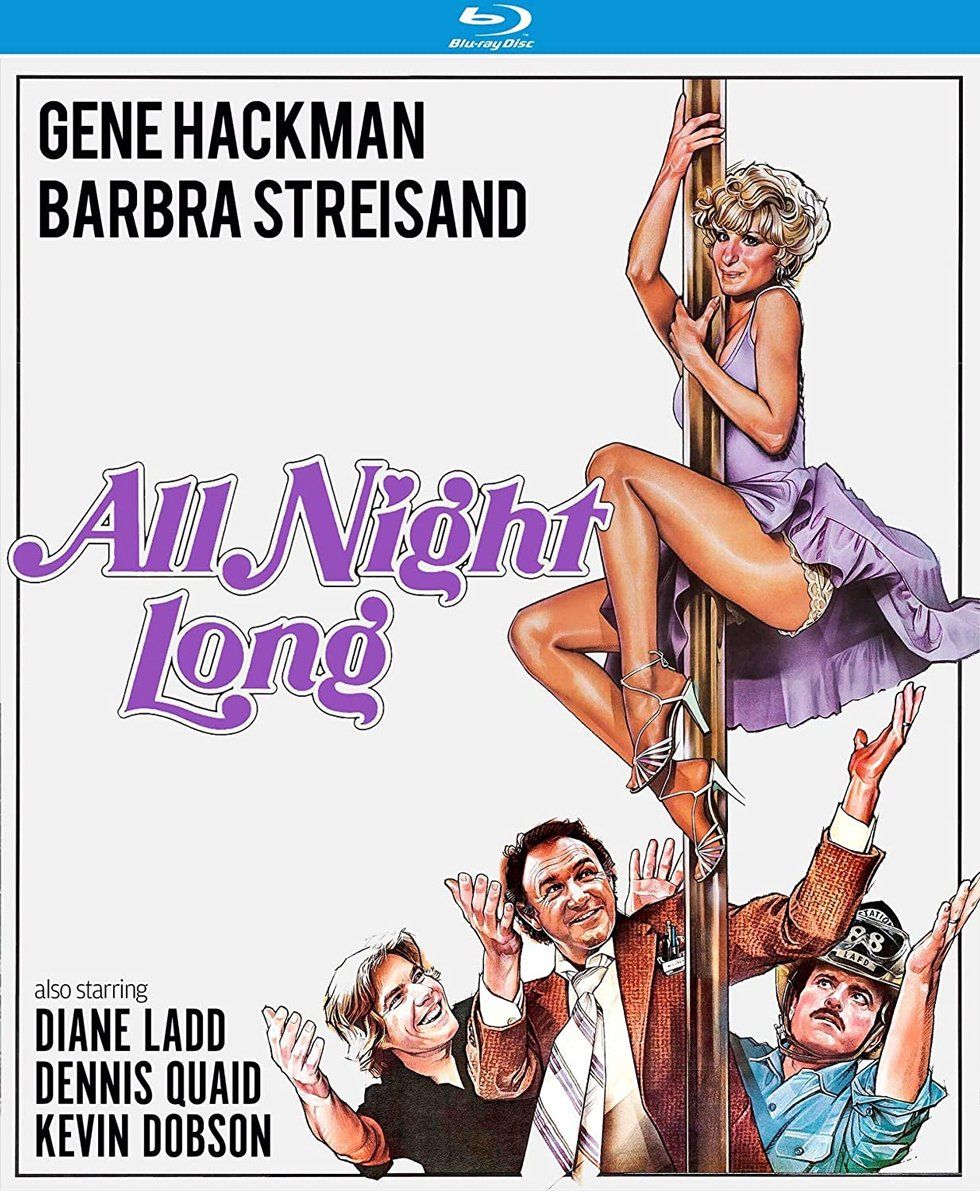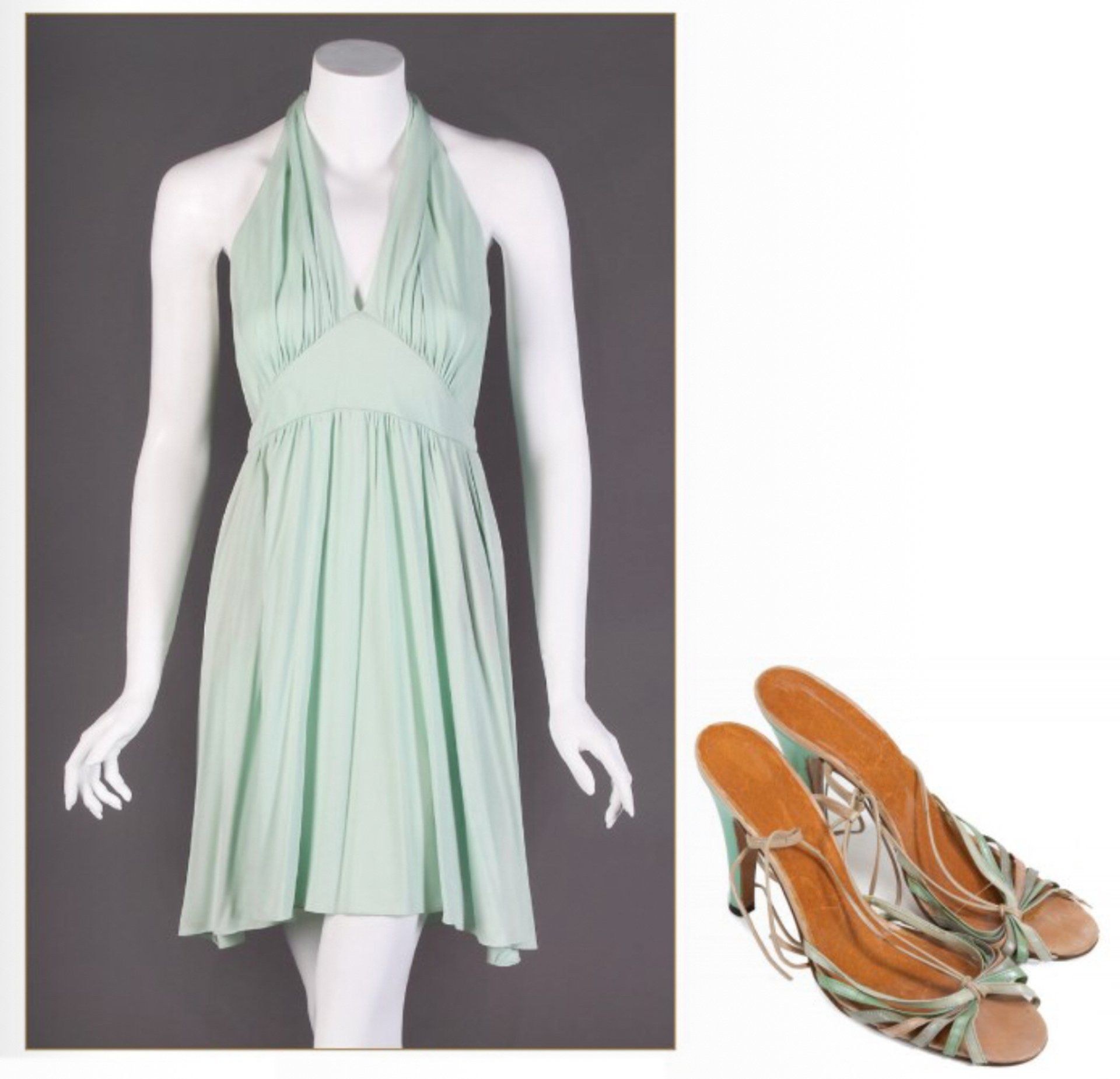At this point, Sue Mengers went back to Streisand about playing Cheryl — this time for $4 million dollars, which was the highest amount paid to an actress at that point in time. Reportedly, she also received fifteen percent of the movie’s gross. Barbra had also been sequestered in her house too long, writing drafts. “I worked in All Night Long for a few weeks because I was so tired of writing Yentl that I had to get off my rear and get away from the table and act,” Streisand said.
Universal’s head, Sid Sheinberg, was ecstatic to get Streisand and suggested shutting down the movie for a few weeks while Streisand was brought in and the cast and crew adjusted. “To her credit,” Richter said about Streisand, “she asked for no changes at all [to the script]. She just went in to perform that role. Her interpretation of it is what you’re getting.”
The press had a field day, especially over the incestuousness to it all: Jean-Claude Tramont was married to Sue Mengers — Streisand’s agent. Mengers, they wrote, manipulated Streisand to do the film as a personal favor. “My wife and I have been together 11 years,’’ said Tramont. “If she had the ability to force Barbra to do a picture with me, I wish she had used it sooner.”
Tramont used the time off to change up a few things. First, he replaced Tak Fujimoto as cinematographer. “He had very definite ideas about giving the film a grittier look. Philip Lathrop, a craftsman of the old school … gave me equally ‘realistic’ images that were still saturated with color. I think of America as saturated with color.”
Adam Baldwin (My Bodyguard and Ordinary People), cast as George’s son, was replaced by Dennis Quaid.

